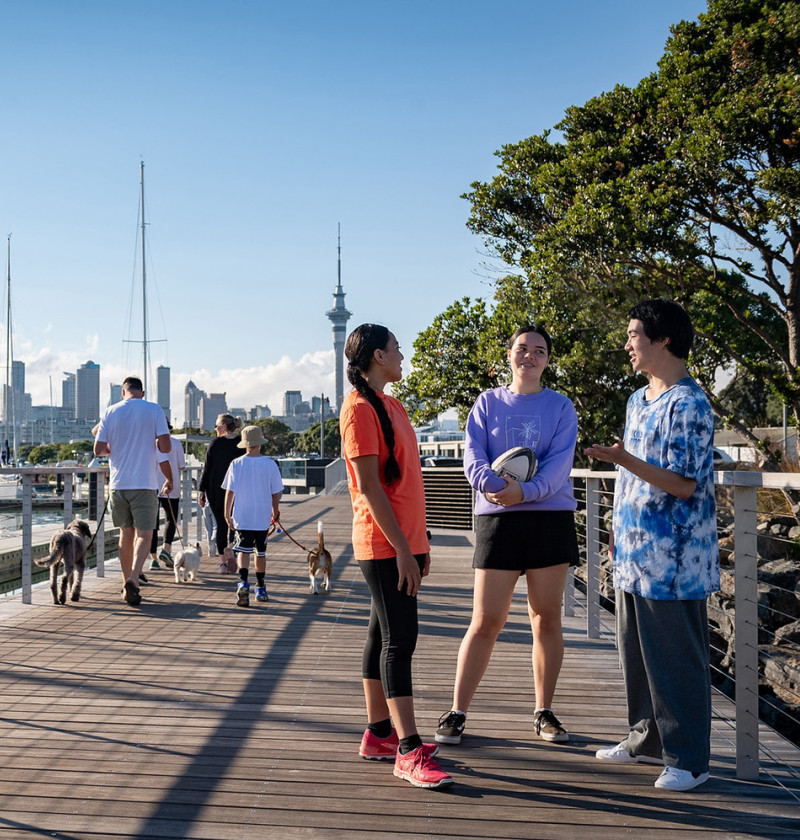Message from the Minister of Climate Change


Kei te whakapōrerea kētia tātou e te huringa āhuarangi, ō tātou hāpori me tō tātou ōhanga.
Climate change is already disrupting our lives, our communities and our economy.
E ngā muka tāngata ko rangitāmirotia e te kaupapa huia kaimanawa o te rā, tēnā koutou katoa.
As I write this, record-breaking heatwaves are being experienced across Asia, Africa and Europe. A state of emergency was declared in Timaru with evacuations overnight, while torrential rain caused widespread flooding and power outages in Christchurch.
Aotearoa New Zealand has always had dramatic weather. But floods and slips such as those in Tairāwhiti, storms such as those experienced in Westport and droughts such as those experienced, well, just about everywhere are becoming both more severe and more frequent.
More lives and livelihoods are on the line. The outlook is especially troubling, considering the potential for disproportionate effects on Māori, people with disabilities, low-income families and rural communities.
So as the image of tomorrow becomes clearer and more certain, a purely reactive approach to climate impacts becomes ever less credible. Instead, we need to plan and we need to prepare. For too long we have pushed climate adaptation to the back of the cupboard. Now is the time for a real step-change in our approach. Because the sooner we start, the more effective our efforts will be.
This document is Aotearoa New Zealand’s first national adaptation plan. It brings together in one place the Government’s current efforts to help to build our climate resilience. And it sets out a proposed future work programme, indicating our priorities for the next six years.
The actions in this plan are intended to drive a significant, long-term shift in our policy and institutional frameworks. They will ensure climate-resilient development in the right places and support communities in considering a range of adaptation options. And they will result in better information about what our future climate will look like, enabling better decisions about our response.
Of course, we mustn’t lose sight of the urgent need to lower our emissions. Because the severity with which we will experience climate change can be lessened if we do all we can to limit warming. This is the role of New Zealand’s recently published first emissions reduction plan. But we know some climate impacts are locked in. And we know those impacts will be felt differently by different people and in different regions.
Central government will not bear every risk and cost of climate change, including climate change adaptation. Risk and cost will fall across different parts of society, including asset or property owners, their insurance companies, their banks, local government and central government. The Government can choose the role it plays and how it influences the way these costs and risks fall. Care will need to be taken to manage any perverse or unintended outcomes such as moral hazard (that is, inappropriate incentives to continue developing in at-risk areas).
Climate change will be felt by us all, but how vulnerable we are and the limits to how well we adapt vary across groups and sectors in society. This plan is the first step in a long-term adaptation strategy and process. Implementing the actions in this plan will require all New Zealanders to take action.
Together we can build a climate-resilient Aotearoa New Zealand.
Hon James Shaw
Minister of Climate Change

Message from the Minister of Climate Change
August 2022
© Ministry for the Environment